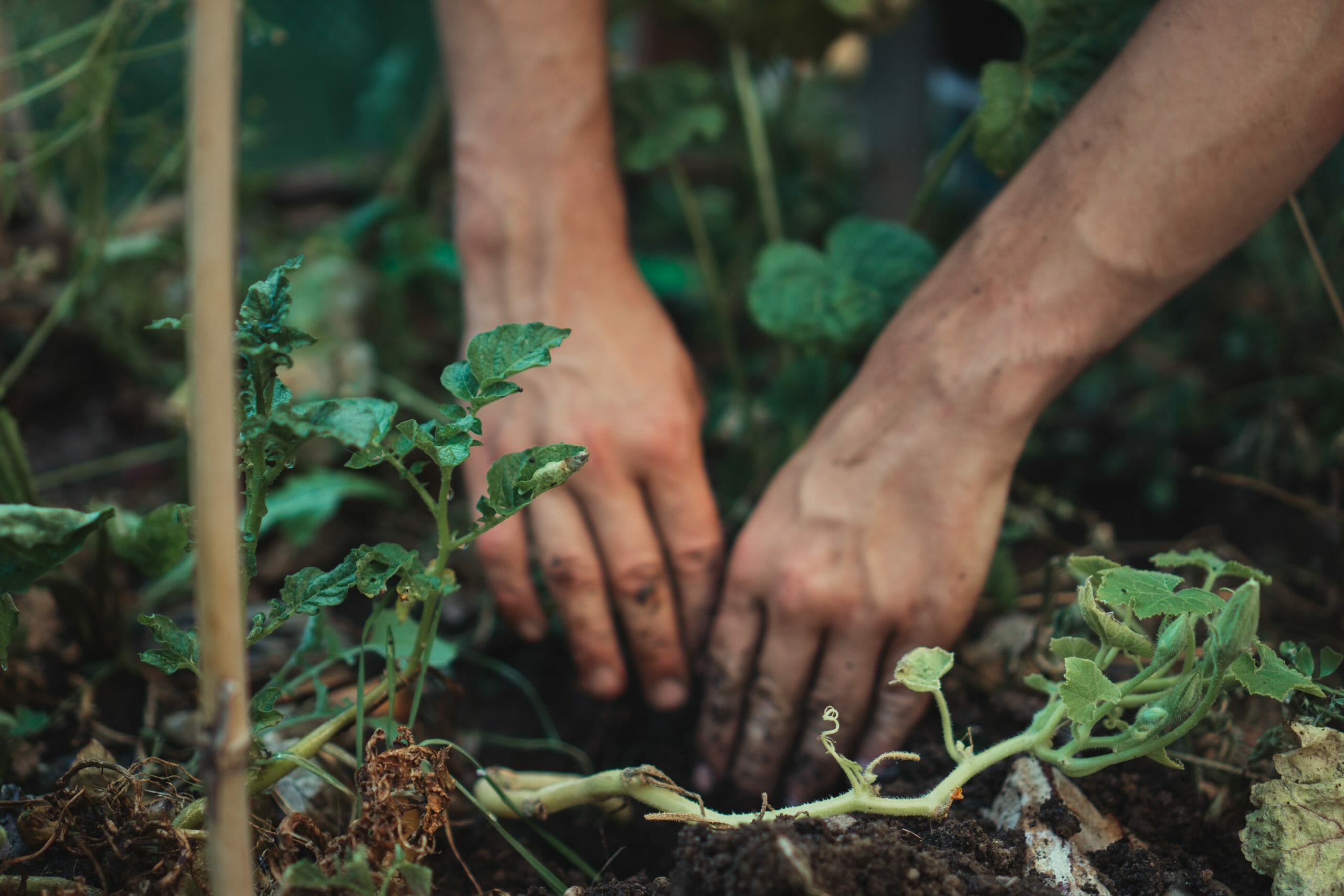A Healthy Harvest: Ensuring Safety in Your Garden
Gardening provides a peaceful retreat and enhances the appearance of your environment, yet it may also present its own challenges and hazards. Regardless of your level of gardening expertise, from novice to pro, it’s essential to place safety at the forefront of all your gardening activities.
Safety measures such as using prescription eyewear to protect you from dust, debris and UV rays, maintaining a safe posture and using chemicals safely ensure safety during your yard work.
As we delve into the world of garden safety, we’ll examine some of the most common risks associated with yard work, explore how tending to plants can be therapeutic, and understand how modern technology can play a role in ensuring your garden is both a safe and fruitful environment.

Photo by Jonathan Kemper on Unsplash
